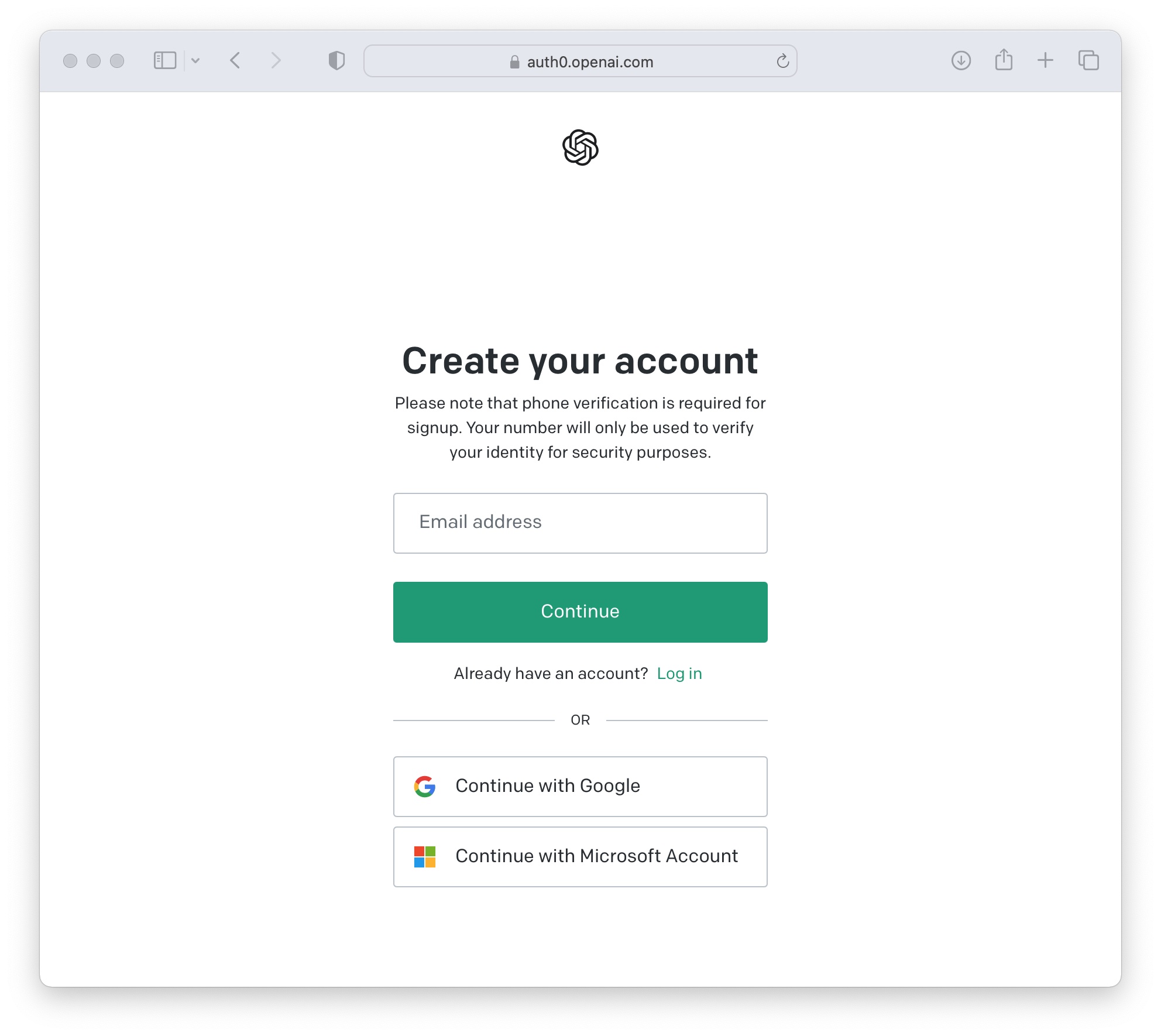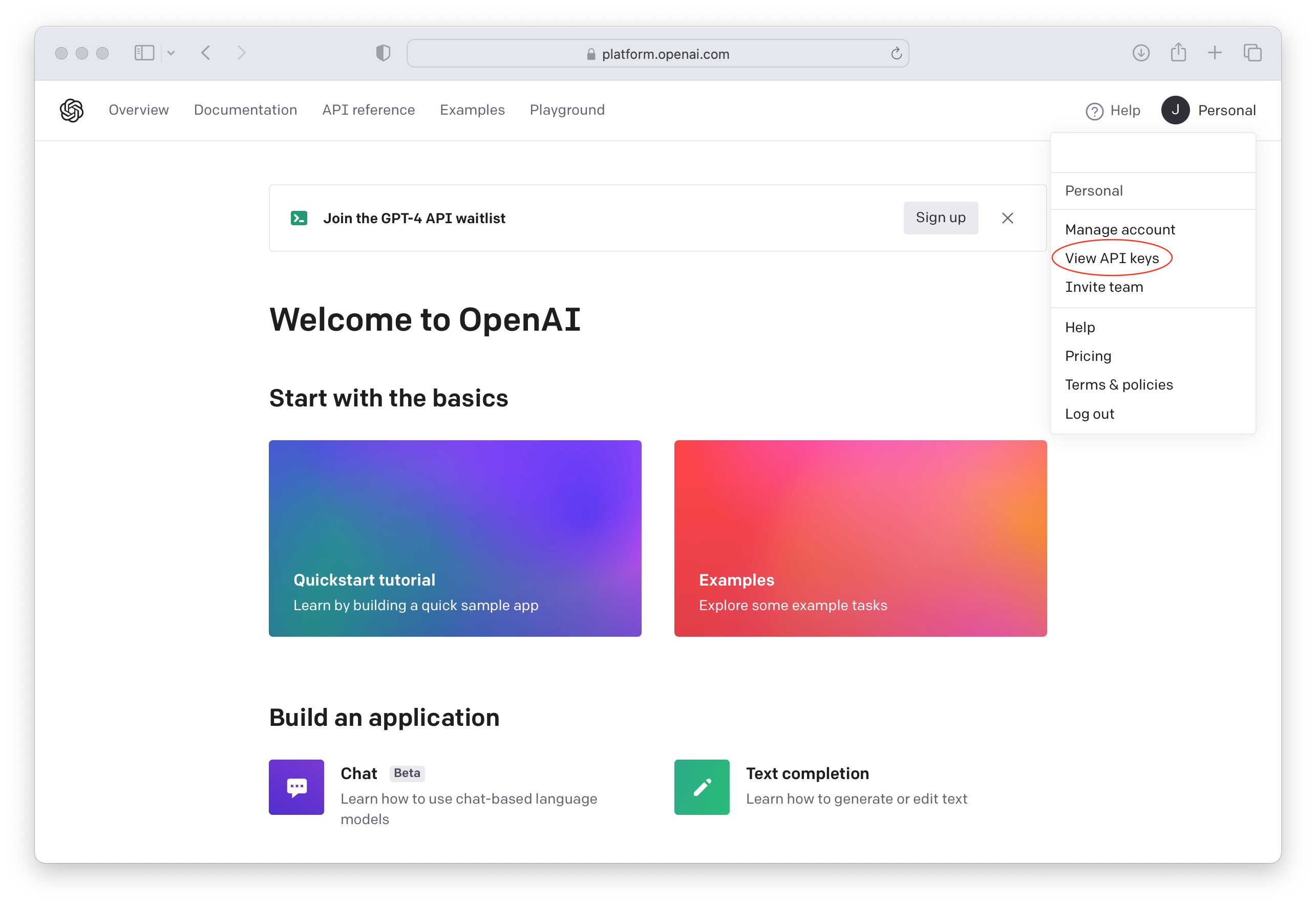Using ChatGPT for Customer Service
Finally, you can use ChatGPT to answer customer service questions right on your website with a ChatGPT powered chat widget. In this article, we'll show you how to offer website customer service using ChatGPT as well as human agents.
The use of conversational AI in the customer service industry is not new, but now you can leverage the power of ChatGPT to power your AI customer service.
Use ChatGPT your Customer Service
The ChatGPT customer service chat is fully customizable, leverages the latest models from OpenAI and uses your own OpenAI API Keys so you have full control over the ChatGPT/Open AI integration. As ChatGPT plugs are released, you'll be able to use these to power your customer service.
With your ChatGPT customer service chat, you can customize the live chat pre-sales page, welcome questions, colors, and logos, as well as handoff chats to your human agents based on keywords. Escalate these live chats to your team in Microsoft Teams and Slack or have your human agents answer chats during the day and have ChatGPT respond to chats off hours or chats that your agents happen to miss.
Here are some things you can do with ChatGPT for Customer Service:
- Pre-qualify your leads with custom fields
- Escalate to your Microsoft Teams team with keyword triggers and intents
- Choose your ChatGPT model including ChatGPT 4
- Set up initial System messages for the ChatGPT API
- Train ChatGPT on your own content: Website pages, blog, text files, PDF's, spreadsheets and Word docs
- Create shortcuts and dynamic responses
- Send links to important URLs
- Generate leads to your service with our 3rd party integrations.
- Direct your website visitors to your website information with a chatbot

Here's a step by step guide to creating your first website Customer Service chat with ChatGPT
Prerequisites
- An OpenAI ChatGPT Account: https://platform.openai.com/signup
- A Social Intents Account: https://www.socialintents.com
High Level Steps
- Create your Social Intents Live Chat account
- Create your OpenAI API Key after registration
- Add your OpenAI API Key to your Social Intents chatbot settings.
1. Create a Live Chat widget in Social Intents
If you don't already have an account with Social Intents, simply register for a Free Trial.
Once you sign up you can pick an integration with Microsoft Teams, Slack, Zoom, or a web account. The integrations will be used to invite in Live Chat agents when you want to escalate a website chat from the chatbot to live chat agents. You can answer chats in Microsoft Teams, Slack, Zoom, or Webex. Otherwise, you can answer the chats directly in our web-based dashboard.
After creating your Social Intents account and adding a live chat widget, we'll generate a code snippet for you. You can copy and paste this code snippet into your website in order to enable your chatbot on your own site.

2. Create your OpenAI account
If you haven't already, sign up for your OpenAI account here:
 Once logged in to OpenAI, click on your profile and select 'View API keys'
Once logged in to OpenAI, click on your profile and select 'View API keys'

Now create a new API Key to use in your Social Intents Chatbot Settings for integration.

3. Add your OpenAI API Key to Social Intents
Now that you have create a Live Chat app, go to the Chat Settings in Social Intents by clicking on My Apps, then Edit Settings of your chat widget. Click on the Chatbot Settings tab.
In your Chatbot Settings name your bot, choose an avatar for the chat bot and select Chatbot Type of 'ChatGPT with OpenAI'.
You can then decide how you want your chatbot to be invited into the chat. You can have a chatbot only, then invite agents later, have it pick up only when your live chat agents are offline or miss a chat, or join the same time your agents join.
For ChatGPT Model, you can choose any of the models the OpenAI supports with the Chat API: https://platform.openai.com/docs/guides/chat
We choose the current chat model: gpt-3.5-turbo.
Copy your OpenAI API Key into the field called: ChatGPT API Key.
 Next you can customize your ChatGPT Welcome text with a Default Welcome Response, and Quick Reply buttons to help direct your users.
Next you can customize your ChatGPT Welcome text with a Default Welcome Response, and Quick Reply buttons to help direct your users.
The Human Escalation trigger phrases can be used to match on user intent when they want to reach to a live agent. When one of these phrases is matched, we invite your human agents by sending Live Chat Invites to Microsoft Teams, Slack, Zoom, or Webex.
Once your agents answer the chats, then the bot drops out of the conversation.

4. Customize your ChatGPT Chatbot with your Answers
There are 2 parts to training your ChatGPT chatbot. The first is to use the Instruction Phrases to allow to you send an initial System message when starting a chat to give your ChatGPT bot some context.
Generally you can use this to convey tone, types of answers, where to point visitors, etc.
Now, you can train ChatGPT with your own content easily! Simply click on the 'Train your chatbot' button in the chatbot settings and you'll be taken to a page where you can list URL's you can use to train the bot.
Enter a base domain or individual urls to add as content to train. Then click Train All to train your ChatGPT chatbot on your own content.

5. Copy your Live Chat Javascript Code Snippet to your Website
Now just copy the Live Chat code snippet to your website to enable the ChatGPT chat on your site.
 Grab your code and add to your html template:
Grab your code and add to your html template:

That's it! Your ChatGPT Customer Service Chat is embedded on your website and trained on your own website content and knowledge base articles.
Now your website customer service chat powered by ChatGPT is enabled on your website and is ready to answer your visitor questions!

Get Started with ChatGPT on your website today!
Start your 14-Day Free trial at Social Intents to add ChatGPT to your website. It's as simple as adding your OpenAI API Key into your chatbot settings!
